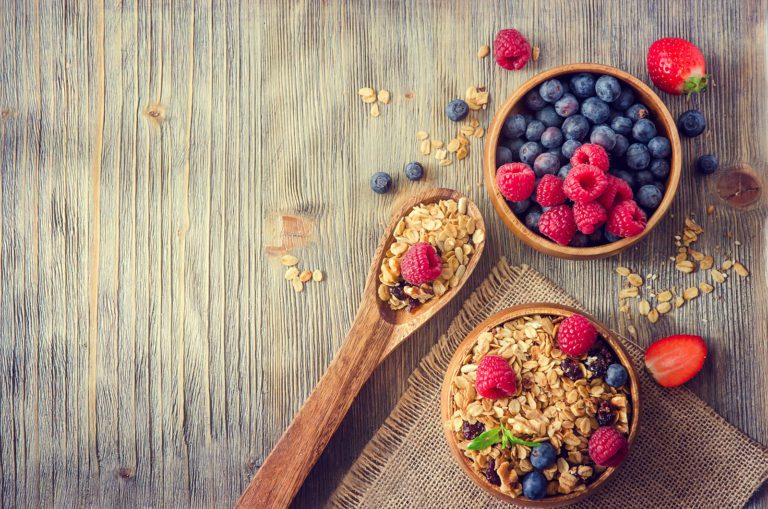
🍉Healthy Lifestyle Coaching for Men
Need help eating better, improving your health, and getting the body you want? Sign up for our program and get the physique and life you've always wanted!


Movement is medicine Research shows that even just 150 minutes/week of physical activity for adults can not only treat chronic conditions like cancer, type II diabetes, and heart disease but can also help prevent them according to the American College…

It seems like everyone is on a diet these days. In fact, many have spent their entire lives trying to lose weight and are chronically dieting. According to the CDC nearly one-half of adults have tried to lose weight within…

There’s No “One-Size-Fits-All” Nutrition Approach An athlete’s energy and nutrient needs depend individually on his or her age, body composition, goals, and training volume, and depends globally on the demands and intensity of the sport. Put simply, the greater the…